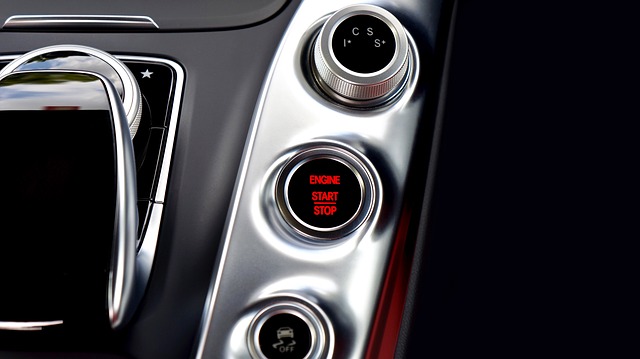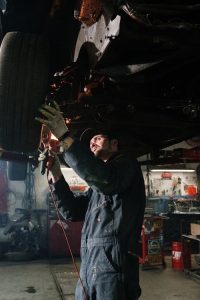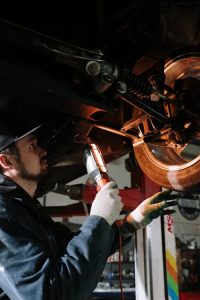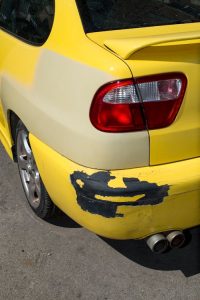What could be more frustrating when you want to start your car is that nothing happens when you press the ignition key! This incident is often due to a starter failure, which can have different, more or less annoying causes. But there are solutions!
Starter failure: a little technique
The starter motor is a device that drives the combustion engine to start it. It is an auxiliary electric motor powered by a battery.
When you switch on the ignition and the starter motor works, you supply electricity to a specific built-in relay: the solenoid, which establishes the power line between the battery and the starter motor, to drive it through the starter brushes (made of graphite and copper material).
The armature, powered by the brushes rubbing on its commutator, is the rotating part that mechanically drives the engine. It rotates inside a casing lined with inductors, which create the electromagnetic field forces necessary for its rotation.
The mechanical part consists of the starter pinion, which undergoes two distinct actions:
– A translational movement for its engagement on the teeth of the flywheel. A fork activated by the solenoid initiates this movement.
– The armature drives a rotational movement.
Precision: to avoid being driven at high speed when starting the engine, which would quickly destroy it, the pinion is attached to a freewheel (like on a bicycle), the starter, which disengages it at the right moment.
Starter failure: solutions
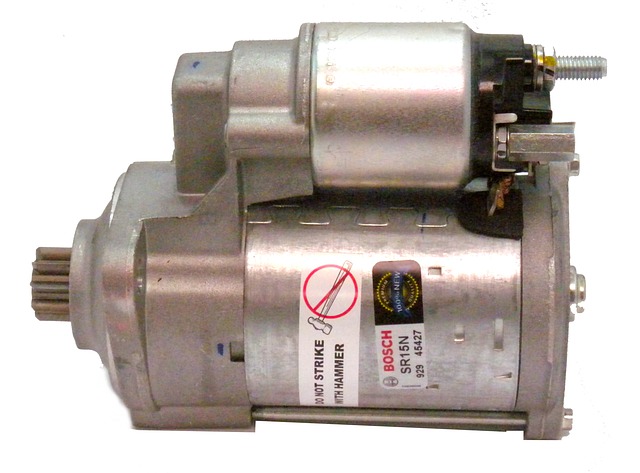
Although most car professionals will always suggest replacing a faulty starter, there is also the option of refurbishing it, which is usually within reach of any amateur mechanic.
Of course, the cost of the rebuild must be lower than that of a new starter or a standard replacement for this option to be valid. We will define two categories of failure from this financial perspective:
- Failures that allow for starter rebuilding
- Starter fouling
Modern starters have a gearbox with a gear train. Dirt in the gear train causes the starter to lose power.
Solution: Cleaning the starter and lubricating the planetary gears.
Starter brushes
This is one of the most common failures caused by worn brushes in contact with the commutator. It results in a lack of operation, with or without a clatter.
Solution: Replacement of the brushes and bearing rings is necessary, as well as cleaning the starter and possibly rectifying the commutator.
Starter pinion and starter motor
A defective pinion will cause a characteristic rattling noise, and the engine will not drive.
The starter motor may no longer be able to freewheel, and as the pinion no longer rotates, the starter motor runs in a vacuum.
Solution: As these two parts are sold without details, you must replace the whole assembly.
Solenoid
The solenoid is no longer translating the pinion, and the starter is idling, not ginning; the tell-tale noise is the same as an electric drill.
Its contact no longer provides the power link between the battery and the starter: only a clattering sound is produced when the starter is activated.
Solution: replacement is necessary.
Faults requiring starter replacement
The previous faults, not treated in time, often destroy the following components.
Causes
Defective brushes can destroy the commutator.
A faulty starter motor or solenoid causes the rotating starter to engage, resulting in centrifugal damage to the armature.
Casings and armatures
Worn or destroyed bearing rings cause the armature and inductors to contact each other in rotation, resulting in their destruction.
Starter failure: financial cost
For a mid-range passenger car, the cost can range from $35 to clean a fouling starter to $150 for replacing it. However, it is advisable to ask for a repair estimate before carrying out the work.

